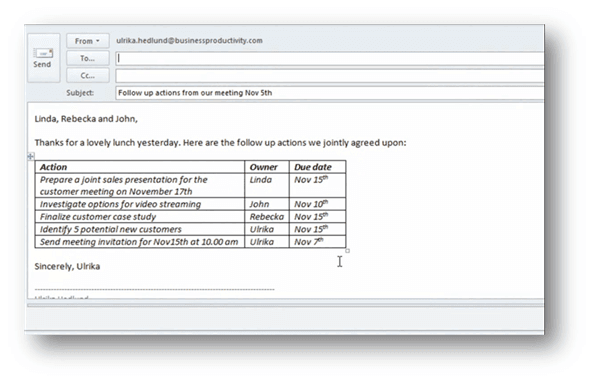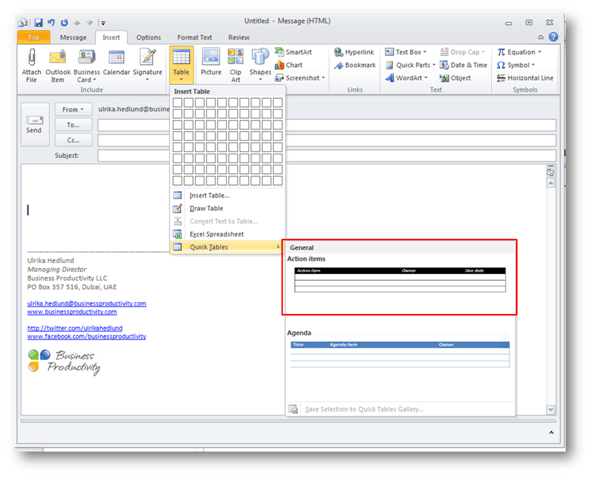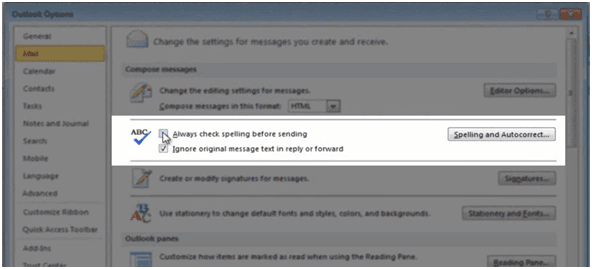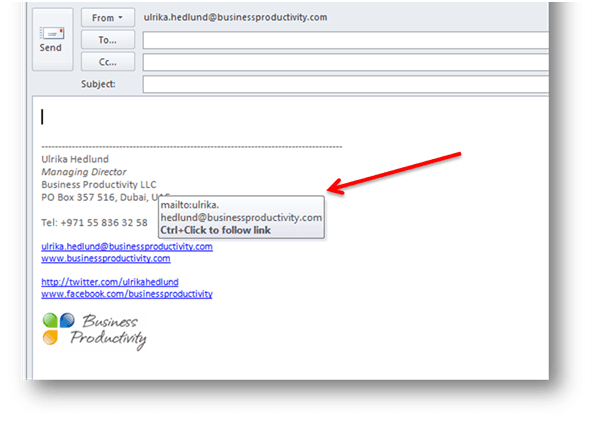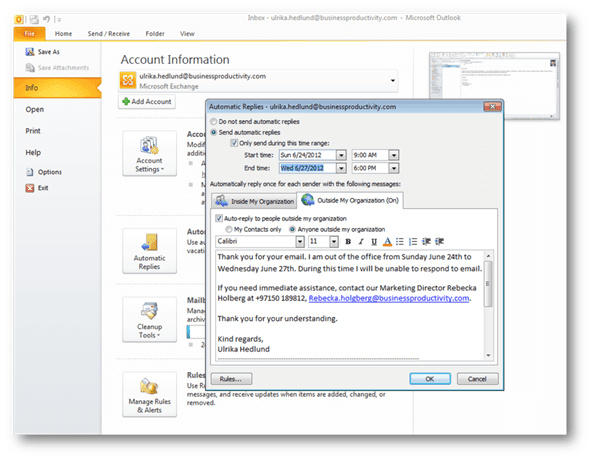How to communicate properly using email
Whenever I conduct a business productivity workshop, I talk about the “do’s and don’ts” of email communication. I’ve spent many years at a large organization where email was misused in a number of ways which lead to drastic declines in productivity. Email is a great communication tool, but it needs to be used in a proper manner in order to be effective. For many of you, the recommendations below will seem very basic, but I still wanted to share some guidelines for proper email communication because there are, unfortunately, a large group of people who don’t follow them. If you want to know more on how to follow some of the advice below in Microsoft Outlook 2010, you can watch the video called “Communicate properly using email”.
1. Think of the “subject” line as a “summary” line
Every email has a subject line that many people use to determine whether or not they should read the email, save it or delete it. Think of the subject line as a summary of your email and try to add as much context as possible for the recipient.
For example, instead of just writing “Meeting notes” in the subject line, write a more descriptive subject like “Meeting notes from 2012 Strategic Planning meeting on Nov 10th”. This way the receiver can determine in an instant what to do with the email.
2. Be brief and to the point
Many business professionals are likely to receive over 100 emails a day. If you want your emails to be read, you need to make them brief. Read through the email before you send it and ask yourself if there is any way you can make it shorter and more to the point. In some cases, you might want to attach a document with some of the text if you feel this is essential information that needs to be included in the email.
3. Make sure follow up actions are clearly articulated
Many emails contain follow up actions assigned to various people. If these actions are hidden in the text they stand a big risk of being missed. Make sure that all action items are clearly articulated with proper ownership and deadlines. If you add this in a table it’s very easy for everyone to see.
To save time, I’ve added a “follow up action” table template into Microsoft Outlook 2010 that I can easily insert into emails.
Everyone who has an action item assigned to them should be added to the “to” field of the email. You might want to add some people to the “cc” (short for carbon copy) field if you believe they should have a copy of the email. Personally, I feel that copies of email are being sent too often and for the wrong reasons, so I recommend you use the cc field sparsely.
4. Check your spelling
In my eyes, it’s very unprofessional to send out email messages with spelling errors, especially since most email clients today have built-in spell checkers that can help you correct your spelling mistakes.
If you are using Microsoft Outlook 2010 you can enable the option to “Always check spelling before sending” an email. This way you will be prompted if there is a spelling mistake in your text before you send an email – it’s a nice “safety net”.
5. Add a signature to your email
Make sure to add a proper business signature to your email. The signature should include your full contact details – including the email address. Make sure that the email hyperlink (mailto:) contains the correct email address. It’s happened numerous times that I’ve clicked an email address link in a signature and the address is someone else’s.
6. Add an automatic reply if you are unable to respond
If you are traveling, attending a conference, or just busy on a project and you are unable to respond to email within a reasonable time frame (I would say about one-two business days depending on the nature of your business), I recommend that you add an automatic reply to your email. This sets the right expectations and it enables the sender to contact someone else in case they need to get a rapid response. If you are using Microsoft Outlook 2010 with Microsoft Exchange 2010 you can add different automatic replies inside and outside the organization.
A final note on email communication
As a final note, I would like to add that written text always sounds much harsher than the spoken words. You should never write an email to someone when you are upset, you might regret it the day after, and when you do, there is no way to take it back. Also, make sure to be polite, use proper greeting phrases and refrain from using abbreviations or jargon (at least when you are communicating with people outside your organization).
If you follow these tips you will have come a long way and I can assure you that you will be much more effective in your email communication.
(If you have difficulties reading this article, you can access the full article in pdf here)



